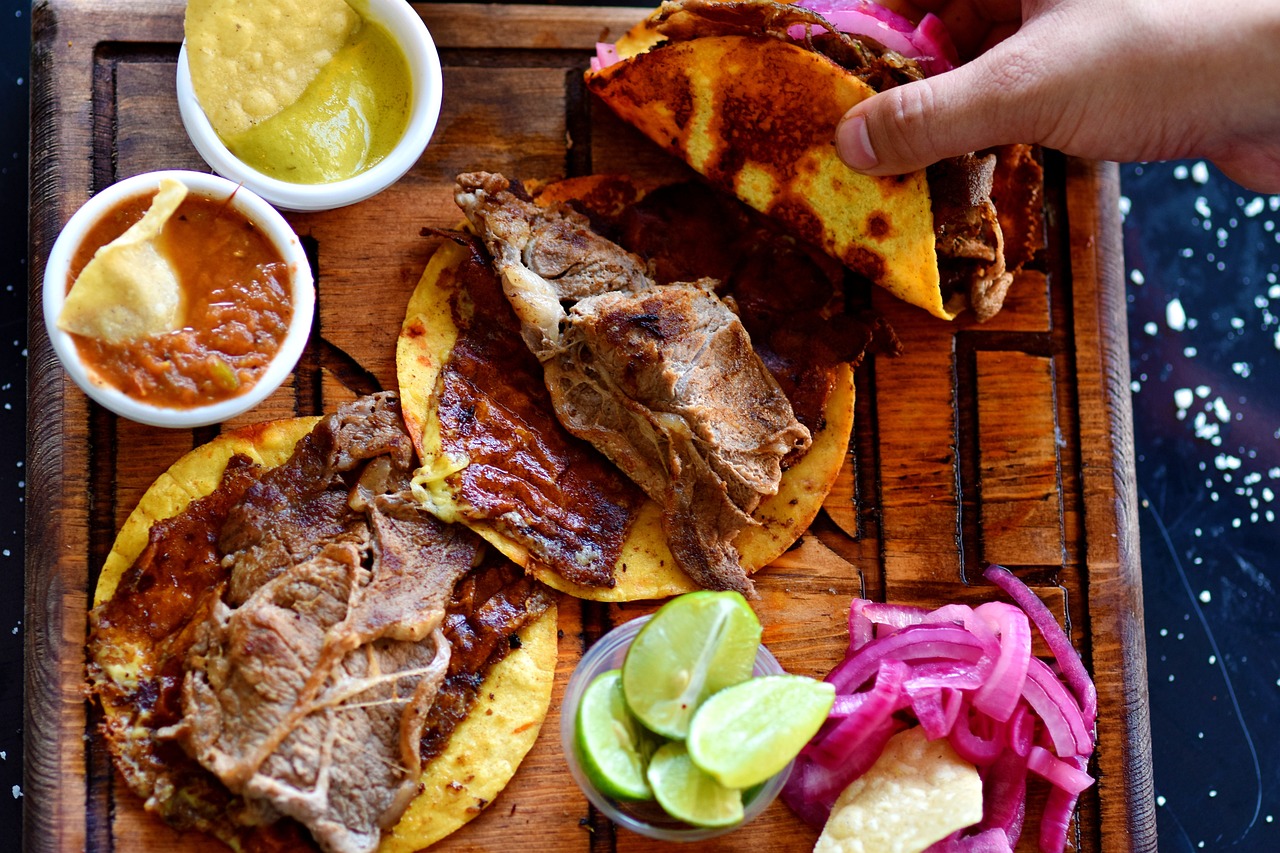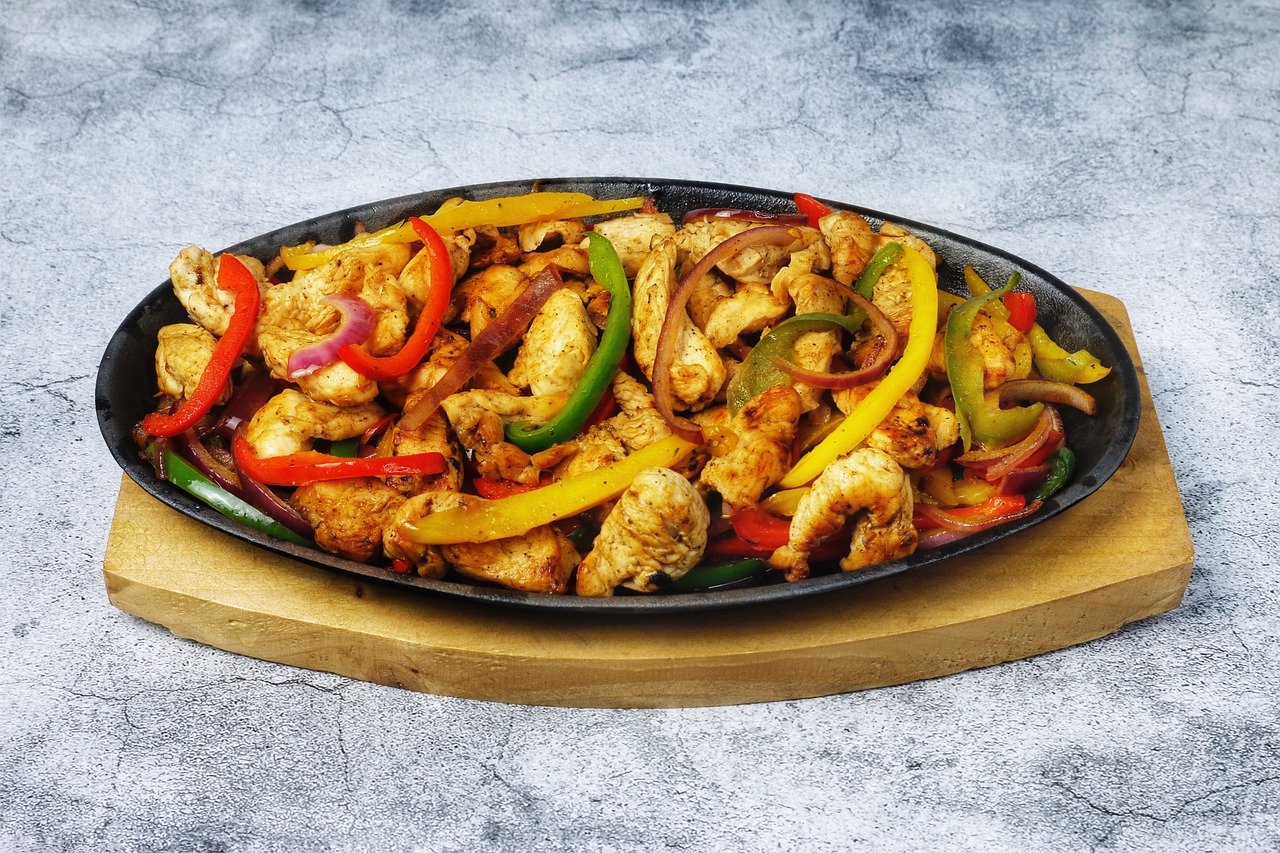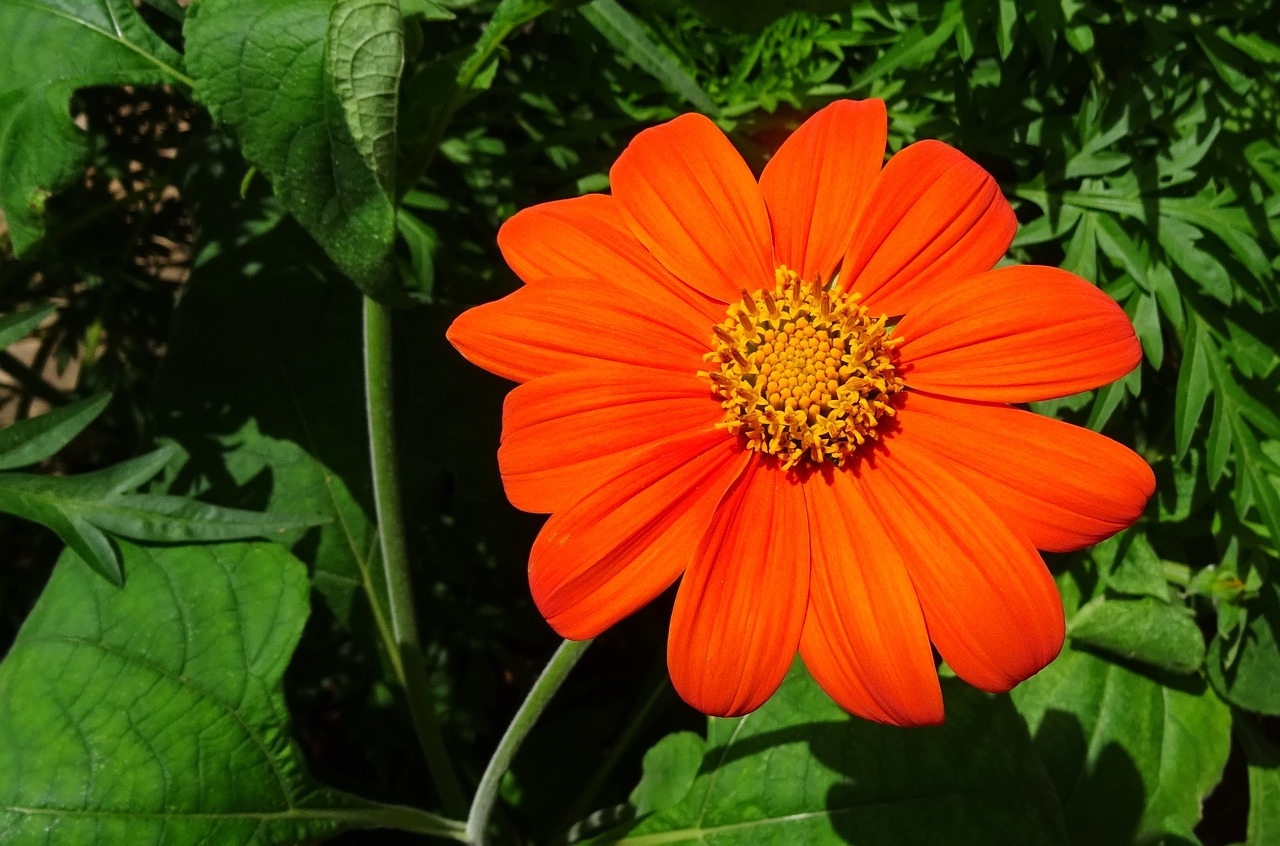Pozole: Hearty Mexican Soup with Hominy and Pork

When it comes to hearty Mexican soups that pack a punch of flavor, Pozole stands out as a beloved classic. This traditional dish, crafted with hominy and pork, is a staple at celebrations and gatherings, bringing people together over steaming bowls of savory goodness.
In the realm of Mexican cuisine, Pozole holds a special place, with its roots stretching back to ancient times. Dating back to pre-Columbian eras, this soup was once a ceremonial delight among the Aztecs and various indigenous communities. Over the centuries, Pozole has evolved, adapting to modern tastes while retaining its cultural essence.
The magic of Pozole lies in its carefully selected ingredients, each playing a crucial role in shaping its robust taste. From the hearty hominy and succulent pork to the flavorful broth and a medley of seasonings and toppings, every component adds depth and character to this iconic soup.
As you delve into the world of Pozole, you'll encounter a diverse tapestry of regional variations that showcase Mexico's culinary diversity. Each region puts its unique spin on the dish, incorporating local ingredients and techniques that reflect the area's gastronomic heritage. Whether it's the fiery red Pozole of Jalisco or the milder white version from Guerrero, there's a Pozole for every palate.
Beyond its culinary prowess, Pozole holds deep cultural significance in Mexican society. This soup isn't just a meal; it's a symbol of togetherness and tradition, often gracing the tables during special occasions like holidays, birthdays, and religious festivities. In every spoonful of Pozole, there's a taste of community and shared heritage.
History of Pozole
Discover the origins of Pozole, dating back to pre-Columbian times when it was a ceremonial dish among the Aztecs and other indigenous peoples. The history of Pozole is steeped in tradition and symbolism, with its roots tracing back to ancient Mesoamerican civilizations. Imagine the ancient Aztecs gathering around a bubbling pot of Pozole, the savory aroma wafting through the air, as they prepared this special dish for religious ceremonies and important celebrations.
As time passed, Pozole evolved from a sacred offering to a beloved staple in Mexican cuisine, enjoyed by people from all walks of life. The dish's journey through history reflects the cultural fusion that defines modern-day Mexico, blending indigenous flavors with Spanish influences. Each spoonful of Pozole carries with it centuries of culinary heritage and culinary innovation, making it a true symbol of Mexico's rich gastronomic tapestry.
Over the centuries, Pozole has adapted to changing tastes and preferences, incorporating new ingredients and techniques while staying true to its traditional roots. Today, this hearty soup continues to hold a special place in Mexican hearts, evoking memories of family gatherings, festive occasions, and shared meals. The history of Pozole is not just a story of food but a narrative of resilience, adaptation, and the enduring power of culinary traditions to unite people across time and space.
Ingredients in Pozole
When it comes to preparing a delicious bowl of Pozole, understanding the key ingredients is essential. At the heart of this traditional Mexican soup lies a combination of flavors that create a unique and satisfying culinary experience.
The primary components of Pozole include:
- Hominy: This large corn kernel, treated with an alkali solution, provides Pozole with its signature chewy texture and slightly nutty flavor.
- Pork: Typically, pork shoulder or another cut of pork is used to add richness and depth to the soup. The meat is often simmered until tender, allowing it to absorb the savory broth.
- Broth: The base of Pozole is a flavorful broth, usually made from a combination of stock, water, and seasonings. This liquid forms the foundation of the soup's taste profile.
- Seasonings and Toppings: Pozole is seasoned with a variety of spices such as garlic, oregano, and chili peppers, adding layers of complexity to the dish. Common toppings include shredded cabbage, radishes, avocado, lime, and cilantro, which provide freshness and contrast to the hearty soup.
Each ingredient in Pozole plays a crucial role in shaping the overall taste and texture of the dish. The marriage of hominy's earthy sweetness, succulent pork, aromatic broth, and vibrant toppings creates a harmonious blend that is both comforting and satisfying.
Furthermore, the process of preparing Pozole allows these ingredients to meld together, infusing the soup with a depth of flavor that intensifies with each spoonful. The slow simmering of the pork, the swelling of the hominy, and the infusion of spices result in a dish that is as complex as it is comforting.
Whether enjoyed on a chilly evening with loved ones or served during festive gatherings, Pozole's ingredients come together to create a dish that embodies the warmth and richness of Mexican cuisine. Each spoonful tells a story of tradition, flavor, and community, making Pozole a beloved culinary treasure that continues to captivate palates around the world.
Regional Variations of Pozole
When it comes to Pozole, the regional variations across Mexico offer a delightful array of flavors and ingredients that showcase the diversity of Mexican cuisine. From the vibrant streets of Mexico City to the coastal regions of Veracruz, each area puts its unique twist on this beloved soup.
In central Mexico, particularly in Guerrero and Morelos, Pozole Verde reigns supreme. This variation of Pozole features a green sauce made from ingredients like pumpkin seeds, cilantro, and green chilies, giving the soup a tantalizing and fresh flavor profile.
Heading north to Jalisco and Sinaloa, Pozole Rojo takes the spotlight. This version of Pozole is characterized by its deep red color, thanks to the addition of dried chilies like guajillo and ancho. The rich and robust taste of Pozole Rojo is a testament to the bold flavors of the region.
On the Yucatan Peninsula, Pozole Blanco is a popular choice, known for its simplicity and purity of flavors. This white Pozole is typically seasoned with oregano, lime, and radishes, allowing the natural taste of the hominy and pork to shine through.
Traveling to the coastal regions of Mexico, Pozole de Mariscos offers a seafood twist on the traditional dish. With the addition of shrimp, fish, and octopus, this variation brings a taste of the ocean to the hearty soup, creating a unique and refreshing dining experience.
Each regional variation of Pozole reflects the local ingredients, cooking techniques, and cultural influences of the area, making it a fascinating culinary journey through the diverse landscapes of Mexico. Whether you prefer the spicy kick of Pozole Rojo or the lightness of Pozole Blanco, there is a version of this iconic soup to suit every palate.
Cultural Significance of Pozole
When it comes to the cultural significance of Pozole in Mexican cuisine, it's more than just a dish - it's a symbol of togetherness and tradition. This hearty soup plays a central role in various celebrations and gatherings, bringing people closer through shared meals and shared experiences.
One of the key aspects of Pozole's cultural importance is its association with special occasions. Whether it's a holiday like Christmas or Dia de los Muertos, a birthday celebration, or a religious festival, Pozole is often present on the table, symbolizing abundance, warmth, and hospitality.
Moreover, Pozole embodies the spirit of community in Mexican society. The act of preparing and sharing Pozole brings families and friends together, strengthening bonds and creating lasting memories. It's a dish that transcends generations, passed down through families as a cherished tradition.
Additionally, Pozole reflects the diverse cultural heritage of Mexico. With regional variations showcasing unique ingredients and cooking techniques, Pozole serves as a culinary map of the country, highlighting the rich tapestry of flavors and traditions that make Mexican cuisine so vibrant.
Furthermore, the act of enjoying Pozole is a sensory experience that connects individuals to their roots. The aroma of simmering broth, the tender chunks of pork, the vibrant garnishes - all come together to create a symphony of flavors that evoke a sense of nostalgia and belonging.
In conclusion, Pozole is more than just a soup; it's a cultural icon that embodies the spirit of Mexican culinary heritage. Through its flavors, traditions, and communal significance, Pozole continues to hold a special place in the hearts and stomachs of people across Mexico and beyond.



 HazalVardal
HazalVardal 





